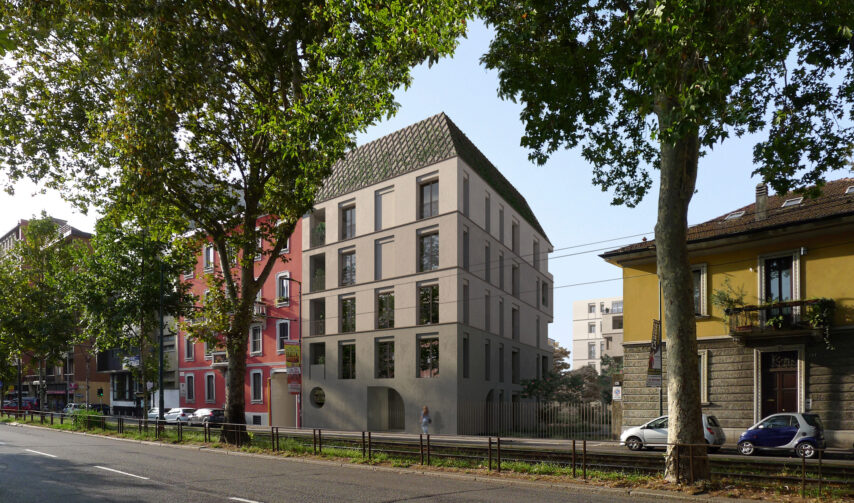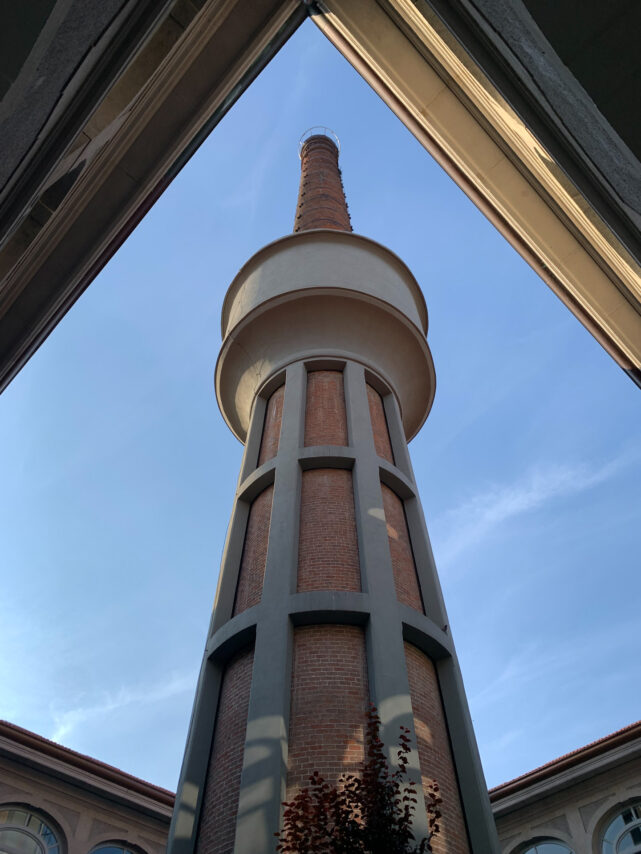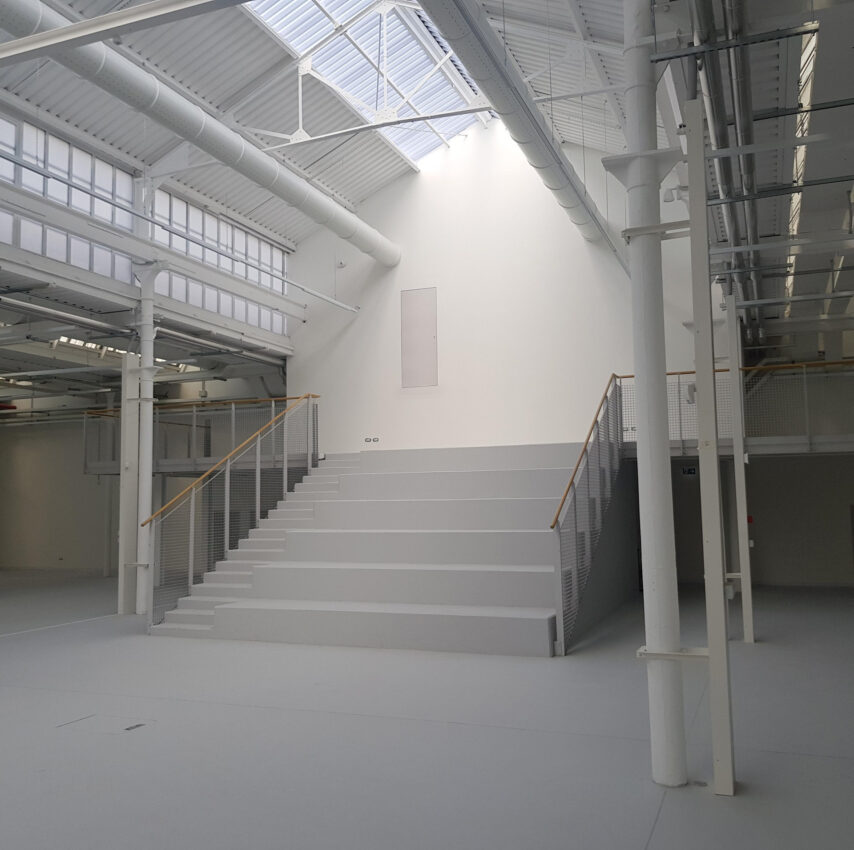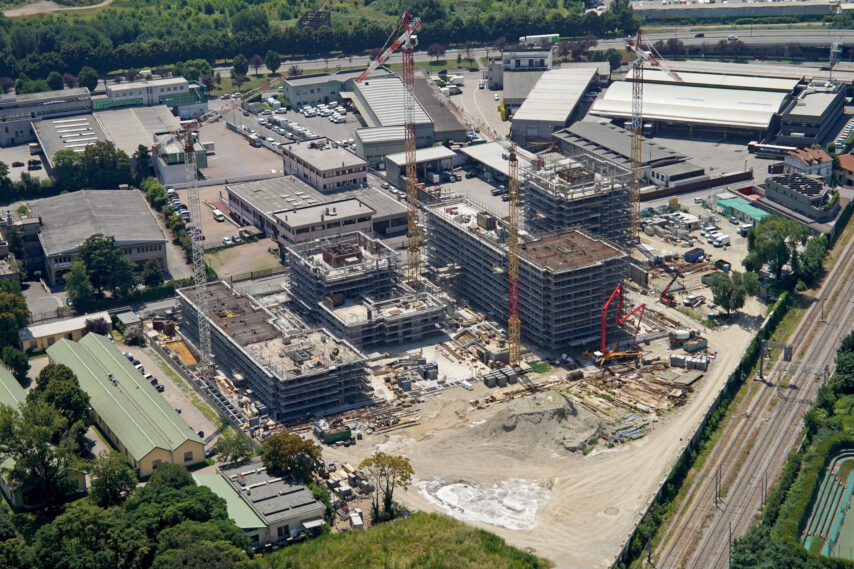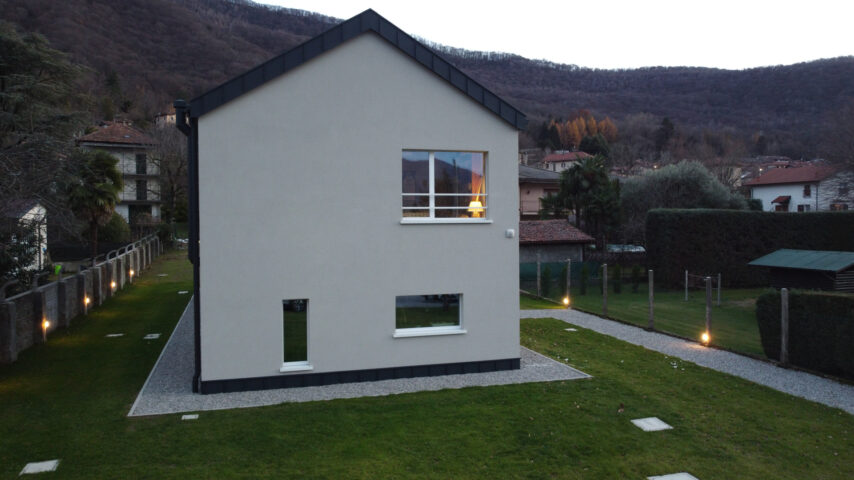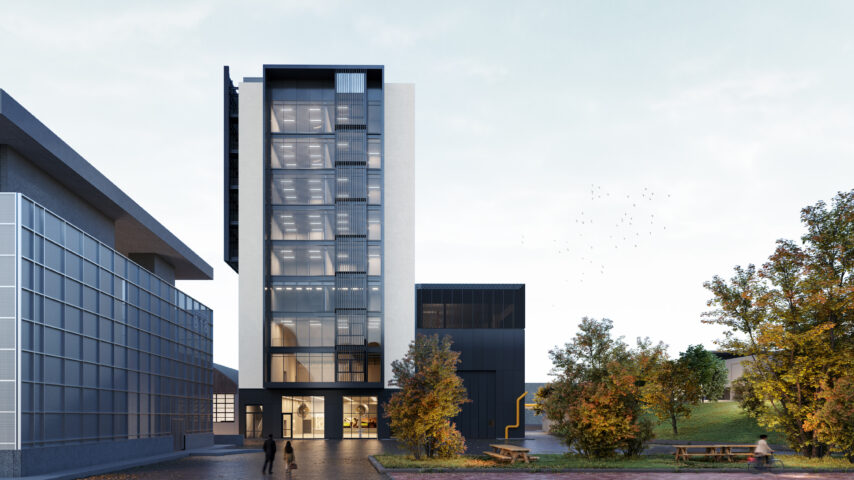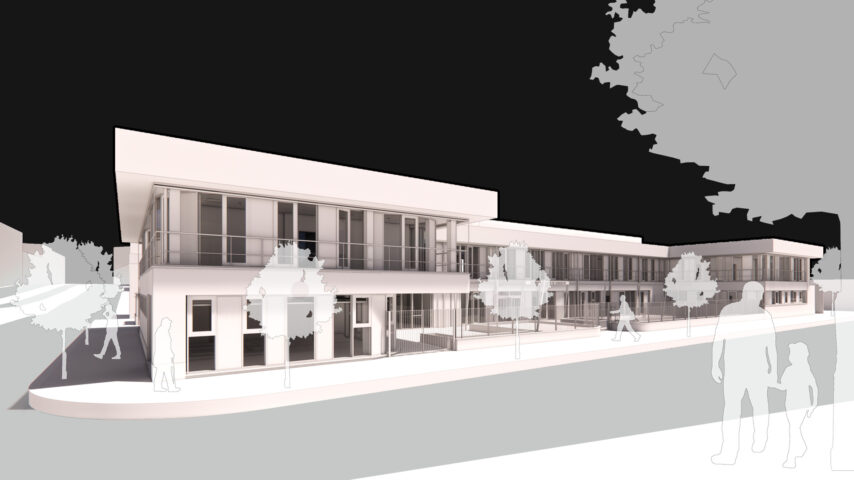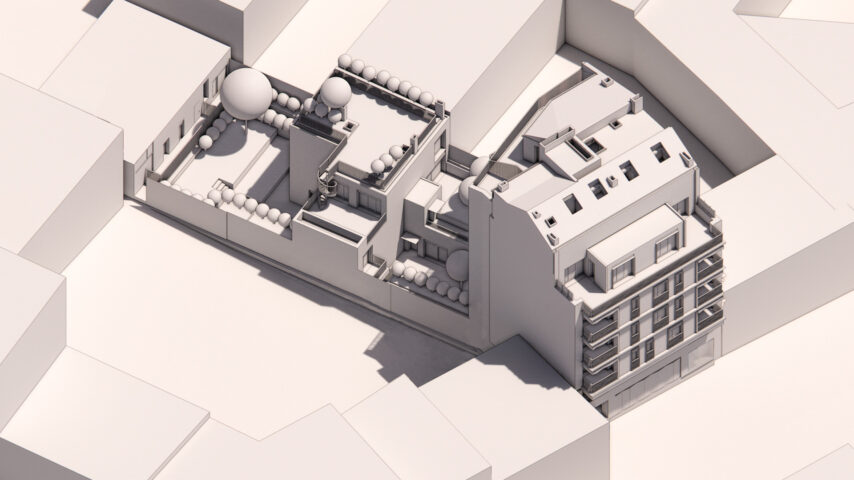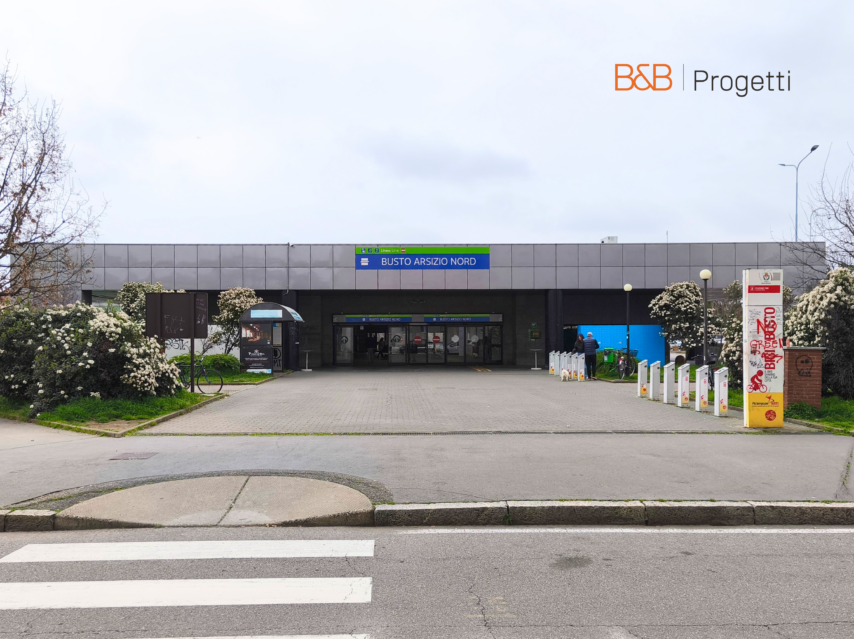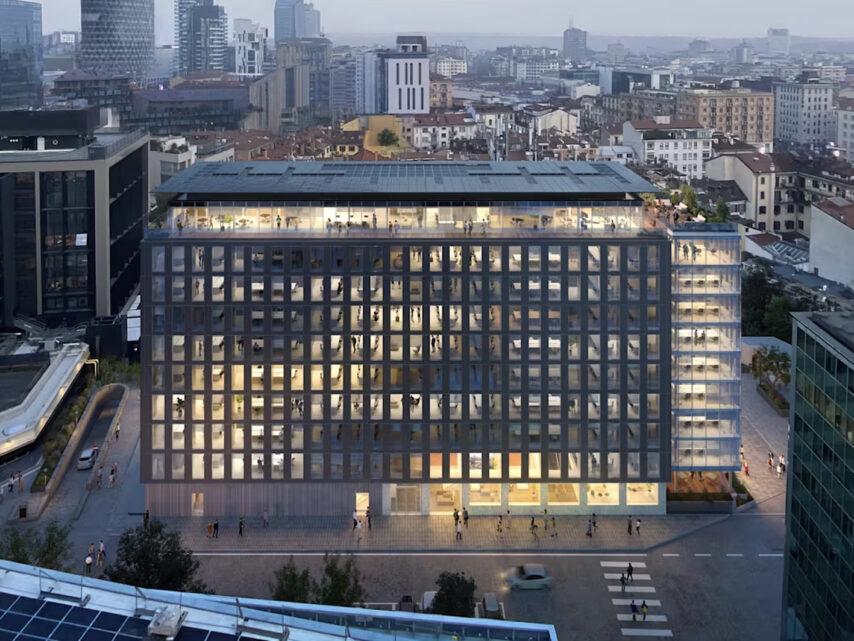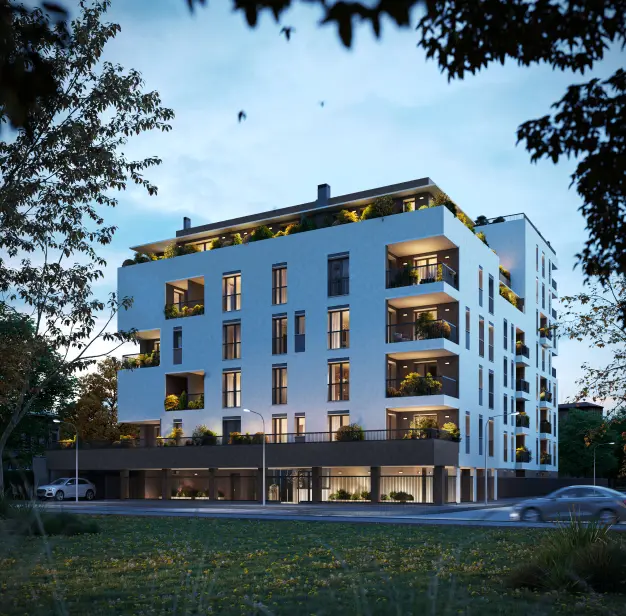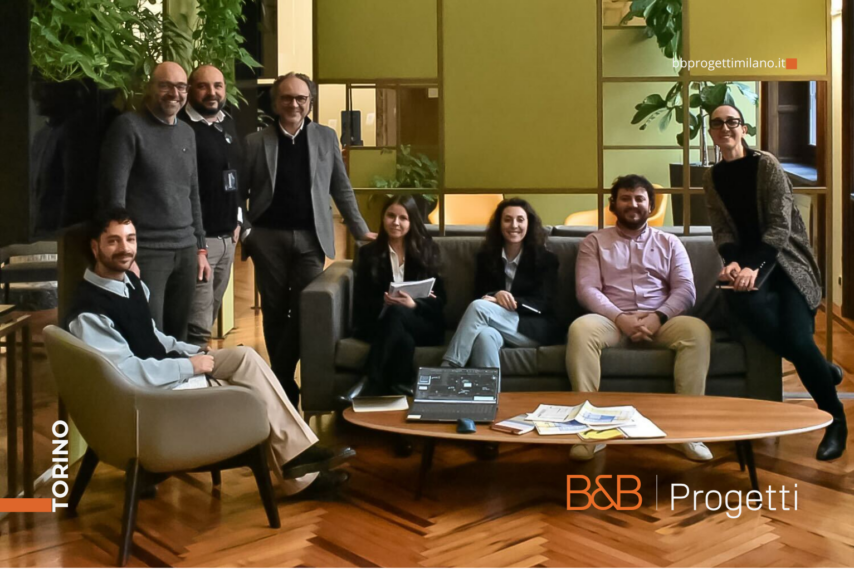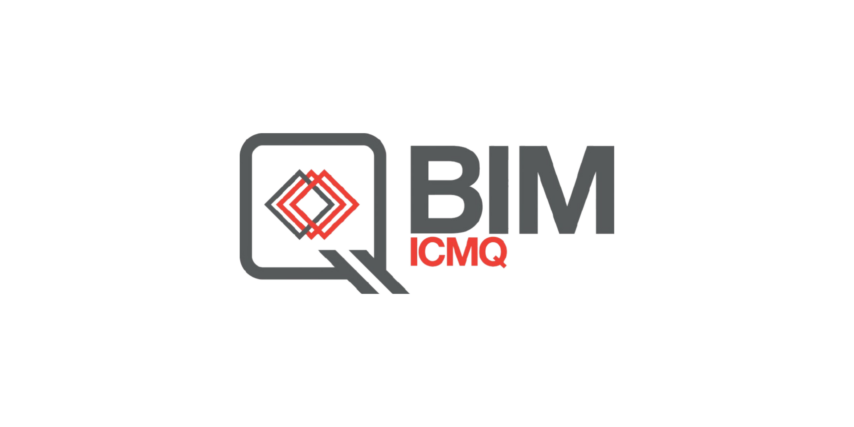ARCHITECTURAL DESIGN
WE TRANSFORM OUR CUSTOMER’S VISION INTO EFFICIENT, FUNCTIONAL, SUSTAINABLE AND BEAUTIFUL ARCHITECTURAL PROJECTS

The rigor of technique, the power of imagination, and deep experience in the field come together to transform the vision of our customers into reality, with architectural structures that are not only beautiful and efficient but also intended to last over time, so that even future generations can continue to benefit from them for a long time to come.
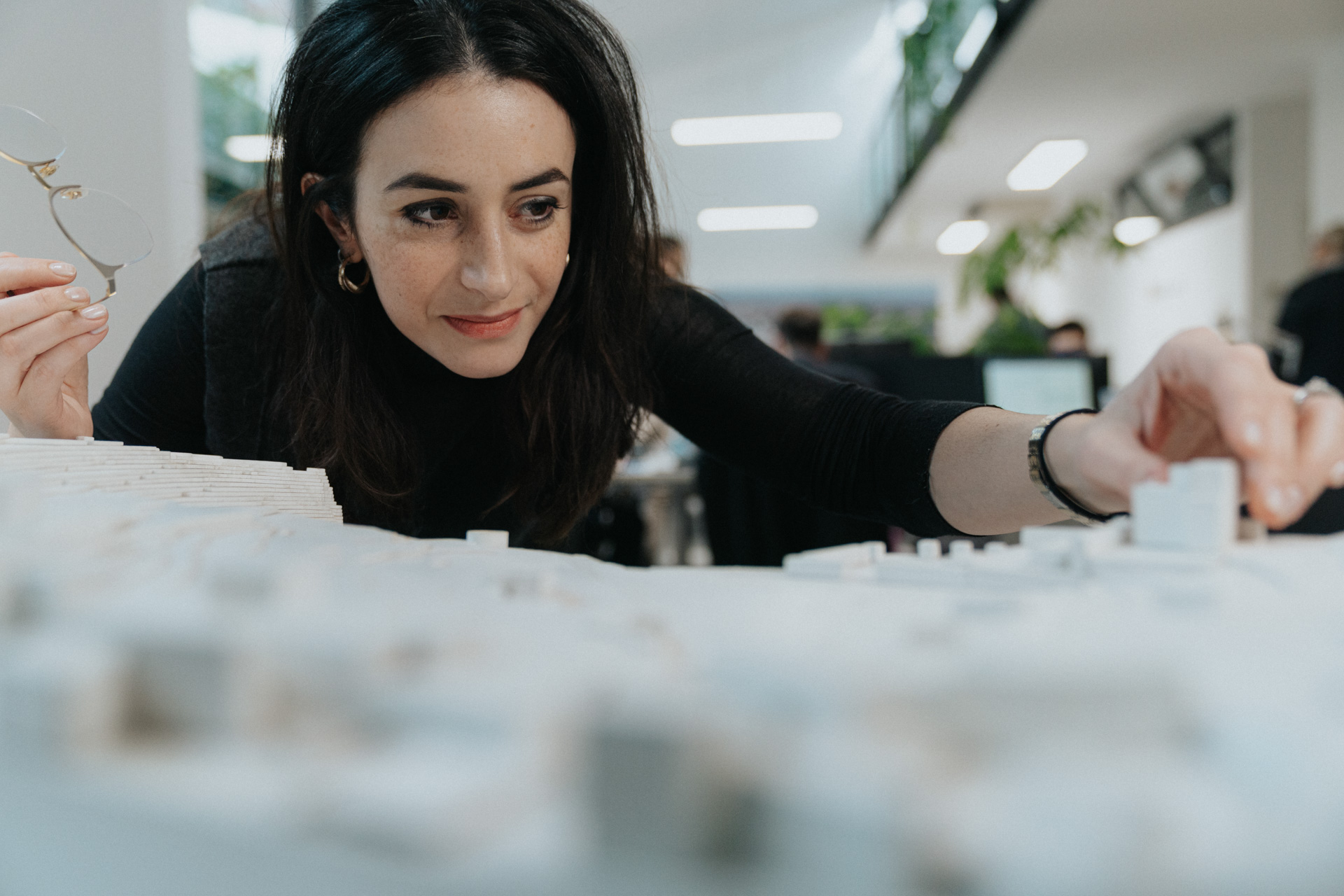
ARCHITECTURAL DESIGN: WHAT WE DO AND HOW WE DO IT
We offer our customers architectural design services developed in BIM environment and oriented toward sustainability, which uses advanced digital models for collaborative design, improved visualization, and optimized decision-making process.
Whatever the project, our designs are oriented toward the well-being of the environment in which they are placed and a commitment to people’s experience, community needs, and sustainable development principles.
We believe that architecture can only become truly great if, through buildings, places and spaces, a better world is given shape, capable of improving the human experience.
For this reason, we are committed to integrate sustainability principles at every stage of the project, seeking solutions that reduce environmental impact and maximize energy efficiency. With a holistic and creative approach, we create environmentally friendly and functional architectural spaces that improve the quality of life by meeting present and future needs.
Architectural design is developed in the following stages:
- feasibility
- concept design
- technical-economic feasibility
- final design
- executive design
- constructive design
- as-built design
Our team of competent and experienced architects develops the design in both CAD and BIM environments, based on prior studies concerning CO2 emission levels and with attention to costs related to the operation and maintenance of the building.
Our background is particularly relevant in the following areas:
- executive design: is the design activity developed in the “technological” stage of the “design” stage of the construction information process. At this stage, the detailed definition and engineering of the elements and activities necessary for the next stage of “production” is initiated;
- construction design: is the design activity developed in the “executive” stage of the “production” stage of the construction information process. At this stage, in-depth investigations are given to the executability of design choices and the definition of subsystems, components and products.
- as-built design: consists of the representation of what has actually been built.
The architectural design deliverables include:
- special specifications conditions and technical specifications
- maintenance plans
Other services
Skills, rules, imagination. We combine them to design sustainable development and shape the future.
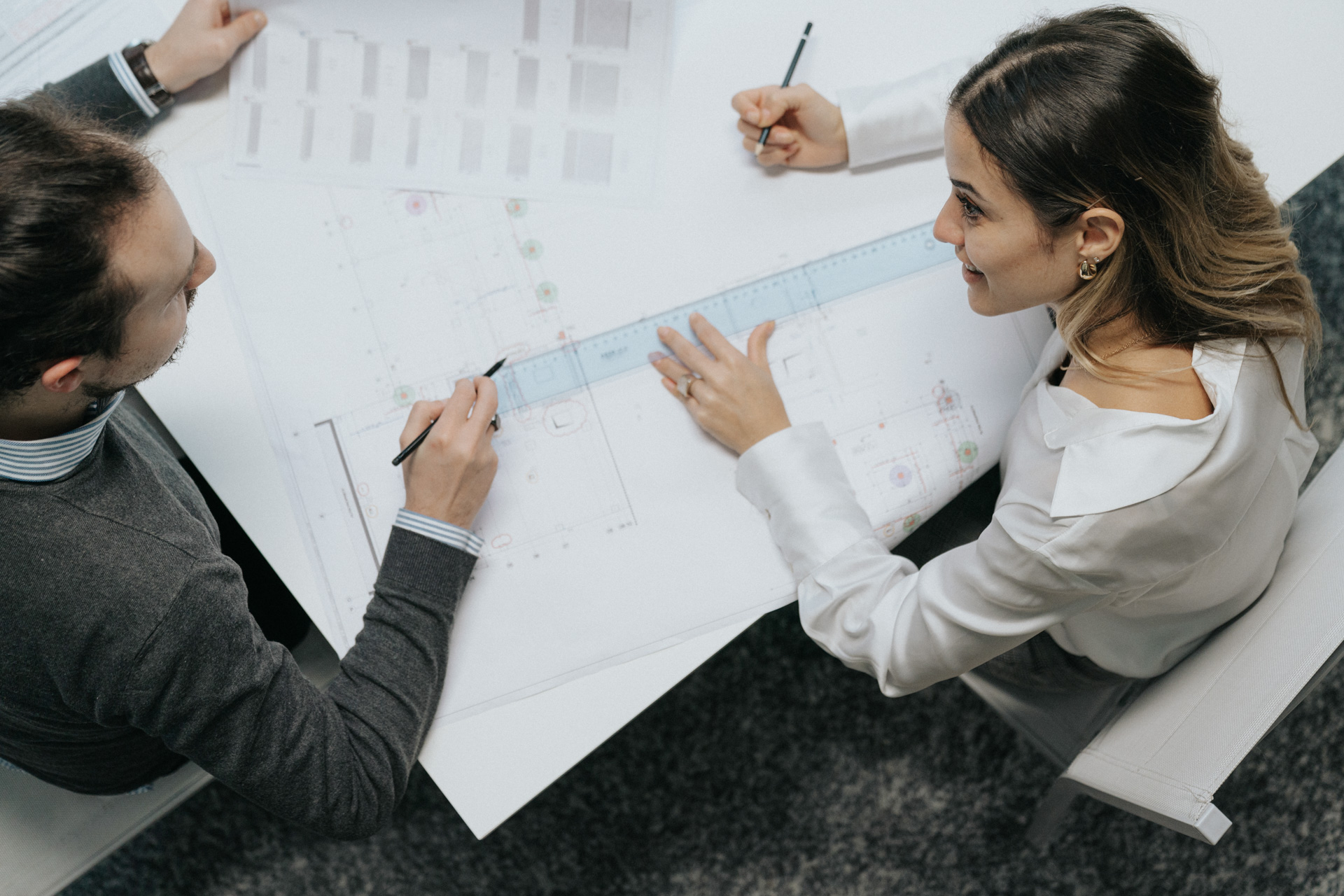
BIM – Building Information Modeling
Complete solutions to optimize the life cycle of construction project
Tender Management
Advanced technical skills, experience and innovative technologies to support companies in implementing competitive offers.
SUSTAINABILITY DESIGN
Consultancy and support for obtaining certifications and procedures for for compliance with ESG criteria
Risk Management
Protection and optimization of investments, reducing risks and maximizing results.
STRUCTURAL DESIGN
With great experience on integrated approach, we work for innovative and efficient solutions, contracting lead times and solving the most complex challenges.
CONSTRUCTION SUPERVISION
Constant supervision and strict economic control during the project implementation phase.
Project Management
Maximum reliability and constant support at every stage of the project.
Quantity Surveying
Advanced economic engineering to maximize the value of our clients' real estate investments by balancing costs, revenues, and risks

Contacts

